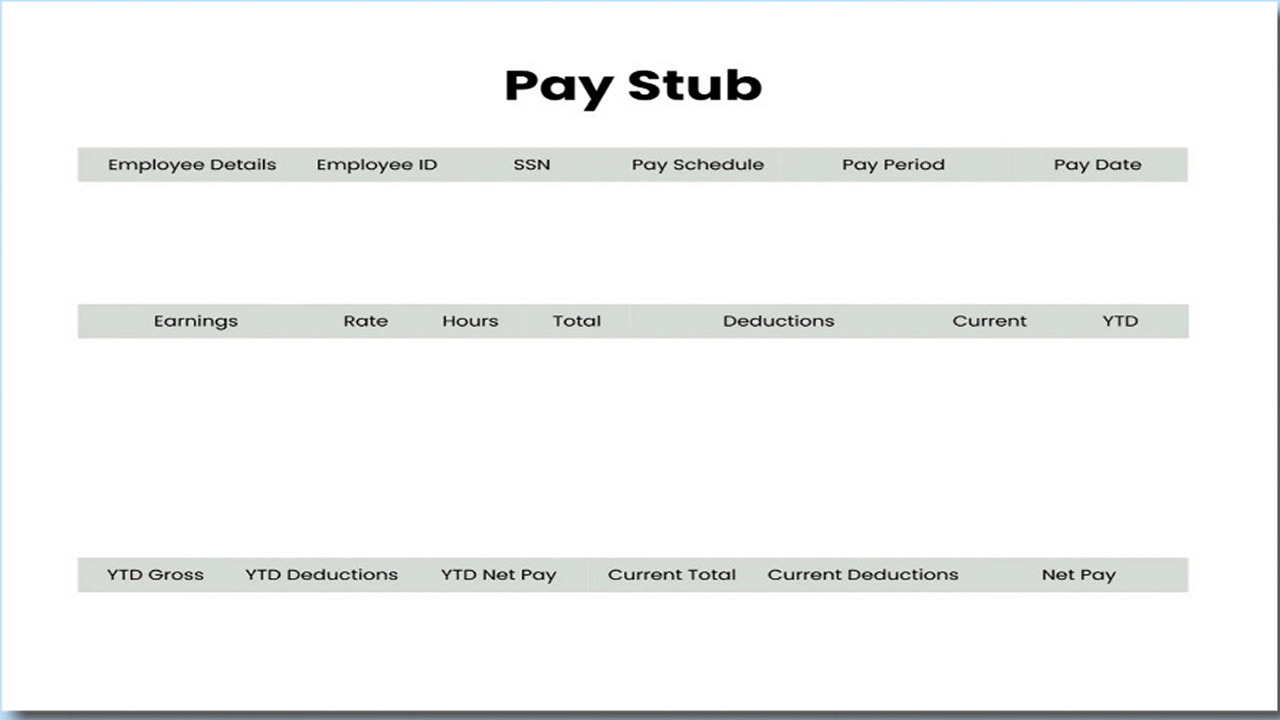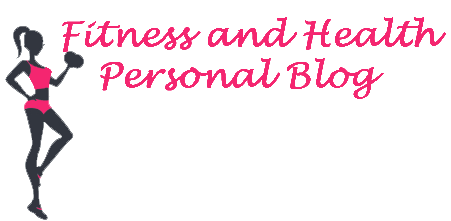How to Make a Check Stub Look Professional?
Creating a professional-looking check stub is essential for maintaining a sense of credibility and transparency in business transactions. A well-designed check stub not only reflects the professionalism of a company but also provides accurate and detailed information to employees or contractors about their earnings. To achieve a polished and professional appearance, several key elements should be considered when making a check stub.
Clear and Concise Layout

The layout of professional stubs should be clean and organized. Use a consistent font that is easy to read, and ensure that the text is properly aligned. Divide the information into sections, including employee details, earnings, deductions, and company information. Clear headings and subheadings help recipients quickly navigate the document and find the information they need.
Accurate Information
Accuracy is paramount in creating a professional check stub. Double-check all figures, including earnings, deductions, and tax withholdings, to ensure that they are correct. Any discrepancies can erode trust and create confusion among recipients.
Branding and Company Logo
Incorporate your company’s branding elements, such as the logo, color scheme, and fonts, to maintain a consistent visual identity. Placing the company logo at the top of the check stub imparts a sense of authenticity and professionalism.
Employee Details
Include comprehensive employee information at the beginning of the check stub. This should consist of the employee’s full name, employee ID, address, and contact details. Ensuring the accuracy of these details reinforces the professionalism of the document.
Earnings and Hours
Clearly outline the employee’s earnings for the pay period. Break down the information into regular hours, overtime hours (if applicable), and corresponding rates. The subtotals should be presented with a distinct format, making it easy to differentiate between various types of earnings.
Deductions and Taxes

List deductions such as taxes, insurance premiums, retirement contributions, and any other relevant withholdings. Ensure that these deductions are itemized and accompanied by clear labels. Displaying net pay prominently at the end of the deductions section provides a clear summary of the amount the employee will receive.
Payment Details
Include the payment method and relevant details, such as the check number or direct deposit information. This information adds another layer of transparency to the process.
Year-to-Date (YTD) Information
Incorporate a section that summarizes the employee’s year-to-date earnings and deductions. This provides a comprehensive view of the financial history of the company.
Contact Information
Include contact information for the company’s payroll department or human resources. This allows employees to easily reach out if they have questions or concerns about their pay.
Compliance with Regulations
Ensure that the check stub adheres to legal and regulatory requirements. Different jurisdictions may have specific information that must be included on pay stubs, such as labor laws, tax codes, and benefit disclosures.
Consistency
Consistency is key to achieving a professional appearance. Use the same formatting, font styles, and color schemes across all check stubs to maintain a unified and polished presentation.
In conclusion, creating a professional check stub involves careful attention to detail, accuracy, and visual aesthetics. A well-designed check stub not only communicates financial information but also reflects the professionalism and transparency of a company. By adhering to the aforementioned guidelines, businesses can ensure that their check stubs convey credibility, accuracy, and professionalism to their employees and contractors.



